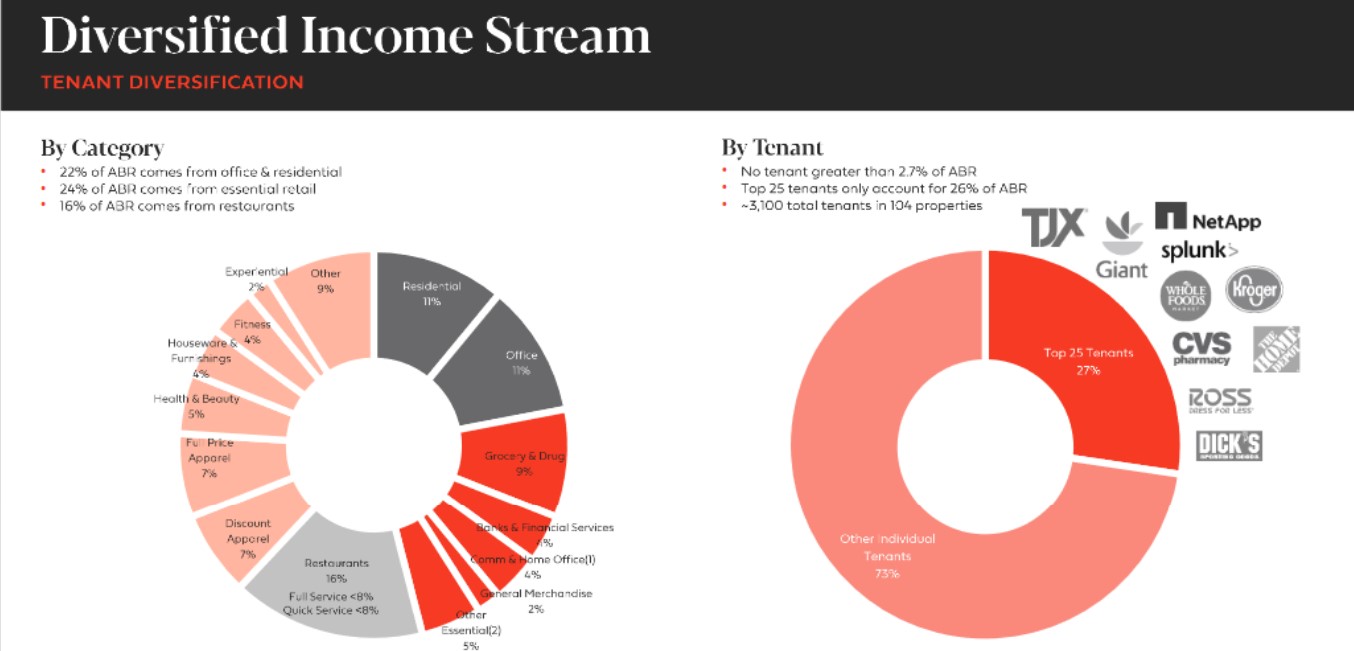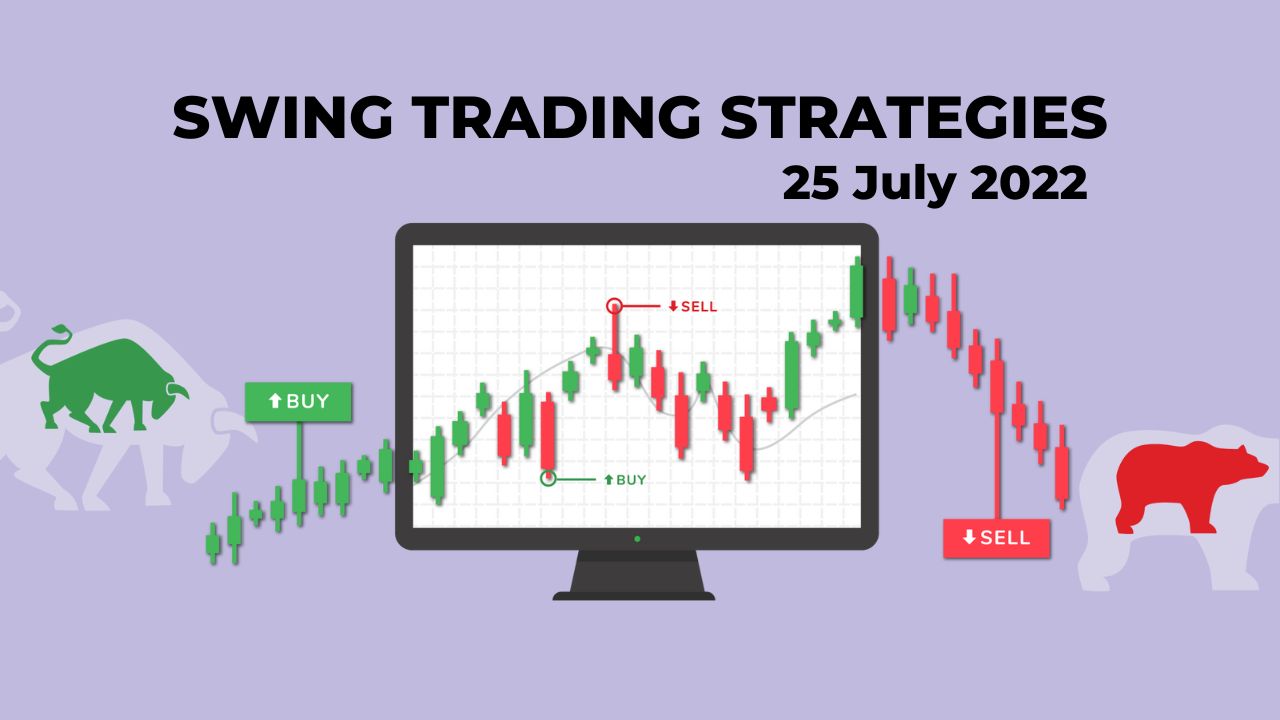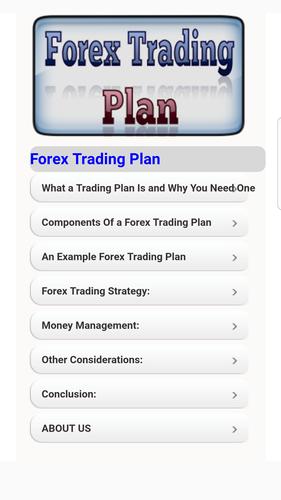
A foreign exchange swap, also known as a forex or FX swap, involves the simultaneous purchase and sale of a currency. This may include the use of foreign currency derivatives. You can gain exposure to different currency pair options, which can lead to a range of benefits. Here are some examples.
Foreign exchange swap
A foreign exchange swap is also known as FX Swap or Forex Swap. It is a financial transaction that involves the exchange of one currency for another. This process may use foreign exchange derivatives to facilitate the transaction. This is a popular method to trade currencies. But it can also be dangerous.
Companies use currency swaps to hedge their risks. Companies can borrow currency in one currency and then trade it in the other at a higher interest rate. They can then swap the currencies at a later date. This method is ideal for companies operating in multiple currencies or for individuals who want to borrow large amounts without worrying about currency fluctuations.

Foreign exchange basis swap
Foreign exchange base swap is a derivative between two currencies. Basis points are used to measure the interest rate of the swap. One basis point equals 0.01%. The swap rate plunged below -1.2% after 2008's Lehman failure. Since then, swap rates have fluctuated. The swap amount is equal in value to the spot rate of the currencies.
A basis swap allows the bank to convert a dollar liability to a euro obligation. This allows the bank borrow more easily in the Euro currency.
Overnight swap
FX traders are able to benefit from the interest rate differential of currency pairs during the overnight. A currency pair with a large positive interest rate differential can remain in favor for a long time. To receive an attractive interest rate on overnight swaps, traders can leverage their relationship with brokers. You can open two accounts with different brokers to hedge your positive interest rate position.
An FX overnight swap is risk-free, unlike a short-term loan. There is no default risk because the swapped amount acts as collateral. However, a cross-currency swap is slightly riskier. Default risk occurs when the counterparty does not meet its interest payments or a lump sum payment at the maturity date.

Currency swap with the central bank
A currency swap is an arrangement in which one central bank gives liquidity to another central bank. This arrangement is also known to be a central banking liquidity swap. A currency swap makes it easier for central banks in one country to buy currency in another country.
Currency swaps can be a great way to support the currency of another country. They not only help stabilize currencies but they also protect their home currencies from devaluation. A central bank must have the authority and authorization to perform a currency Swap.
FAQ
How are securities traded
The stock market allows investors to buy shares of companies and receive money. To raise capital, companies issue shares and then sell them to investors. Investors then sell these shares back to the company when they decide to profit from owning the company's assets.
The supply and demand factors determine the stock market price. The price of stocks goes up if there are less buyers than sellers. Conversely, if there are more sellers than buyers, prices will fall.
There are two ways to trade stocks.
-
Directly from the company
-
Through a broker
What are the advantages of investing through a mutual fund?
-
Low cost - buying shares directly from a company is expensive. A mutual fund can be cheaper than buying shares directly.
-
Diversification - most mutual funds contain a variety of different securities. The value of one security type will drop, while the value of others will rise.
-
Professional management – professional managers ensure that the fund only purchases securities that are suitable for its goals.
-
Liquidity- Mutual funds give you instant access to cash. You can withdraw your money at any time.
-
Tax efficiency - Mutual funds are tax efficient. So, your capital gains and losses are not a concern until you sell the shares.
-
For buying or selling shares, there are no transaction costs and there are not any commissions.
-
Mutual funds are easy-to-use - they're simple to invest in. All you need to start a mutual fund is a bank account.
-
Flexibility: You can easily change your holdings without incurring additional charges.
-
Access to information- You can find out all about the fund and what it is doing.
-
You can ask questions of the fund manager and receive investment advice.
-
Security - You know exactly what type of security you have.
-
You can take control of the fund's investment decisions.
-
Portfolio tracking: You can track your portfolio's performance over time.
-
Ease of withdrawal - you can easily take money out of the fund.
Disadvantages of investing through mutual funds:
-
There is limited investment choice in mutual funds.
-
High expense ratio - the expenses associated with owning a share of a mutual fund include brokerage charges, administrative fees, and operating expenses. These expenses eat into your returns.
-
Lack of liquidity: Many mutual funds won't take deposits. They must be bought using cash. This limits the amount of money you can invest.
-
Poor customer support - customers cannot complain to a single person about issues with mutual funds. Instead, you should deal with brokers and administrators, as well as the salespeople.
-
Risky - if the fund becomes insolvent, you could lose everything.
What are the advantages to owning stocks?
Stocks can be more volatile than bonds. The stock market will suffer if a company goes bust.
However, if a company grows, then the share price will rise.
In order to raise capital, companies usually issue new shares. This allows investors to buy more shares in the company.
Companies can borrow money through debt finance. This gives them cheap credit and allows them grow faster.
People will purchase a product that is good if it's a quality product. Stock prices rise with increased demand.
The stock price should increase as long the company produces the products people want.
What is security?
Security is an asset that generates income for its owner. Most security comes in the form of shares in companies.
There are many types of securities that a company can issue, such as common stocks, preferred stocks and bonds.
The earnings per shares (EPS) or dividends paid by a company affect the value of a stock.
You own a part of the company when you purchase a share. This gives you a claim on future profits. You receive money from the company if the dividend is paid.
Your shares may be sold at anytime.
What is a bond and how do you define it?
A bond agreement between two parties where money changes hands for goods and services. It is also known by the term contract.
A bond is normally written on paper and signed by both the parties. This document includes details like the date, amount due, interest rate, and so on.
When there are risks involved, like a company going bankrupt or a person breaking a promise, the bond is used.
Bonds are often combined with other types, such as mortgages. This means that the borrower must pay back the loan plus any interest payments.
Bonds can also be used to raise funds for large projects such as building roads, bridges and hospitals.
It becomes due once a bond matures. The bond owner is entitled to the principal plus any interest.
Lenders are responsible for paying back any unpaid bonds.
What role does the Securities and Exchange Commission play?
SEC regulates the securities exchanges and broker-dealers as well as investment companies involved in the distribution securities. It enforces federal securities laws.
Why is a stock called security?
Security refers to an investment instrument whose price is dependent on another company. It can be issued as a share, bond, or other investment instrument. The issuer promises to pay dividends and repay debt obligations to creditors. Investors may also be entitled to capital return if the value of the underlying asset falls.
Statistics
- For instance, an individual or entity that owns 100,000 shares of a company with one million outstanding shares would have a 10% ownership stake. (investopedia.com)
- Even if you find talent for trading stocks, allocating more than 10% of your portfolio to an individual stock can expose your savings to too much volatility. (nerdwallet.com)
- Individuals with very limited financial experience are either terrified by horror stories of average investors losing 50% of their portfolio value or are beguiled by "hot tips" that bear the promise of huge rewards but seldom pay off. (investopedia.com)
- Our focus on Main Street investors reflects the fact that American households own $38 trillion worth of equities, more than 59 percent of the U.S. equity market either directly or indirectly through mutual funds, retirement accounts, and other investments. (sec.gov)
External Links
How To
How to create a trading plan
A trading plan helps you manage your money effectively. It allows you to understand how much money you have available and what your goals are.
Before you create a trading program, consider your goals. It may be to earn more, save money, or reduce your spending. If you're saving money, you might decide to invest in shares or bonds. If you're earning interest, you could put some into a savings account or buy a house. If you are looking to spend less, you might be tempted to take a vacation or purchase something for yourself.
Once you know your financial goals, you will need to figure out how much you can afford to start. This depends on where your home is and whether you have loans or other debts. It's also important to think about how much you make every week or month. The amount you take home after tax is called your income.
Next, you need to make sure that you have enough money to cover your expenses. These include rent, food and travel costs. Your total monthly expenses will include all of these.
The last thing you need to do is figure out your net disposable income at the end. This is your net available income.
You're now able to determine how to spend your money the most efficiently.
Download one online to get started. You could also ask someone who is familiar with investing to guide you in building one.
Here's an example of a simple Excel spreadsheet that you can open in Microsoft Excel.
This shows all your income and spending so far. Notice that it includes your current bank balance and investment portfolio.
And here's another example. This was created by an accountant.
It will allow you to calculate the risk that you are able to afford.
Don't attempt to predict the past. Instead, think about how you can make your money work for you today.